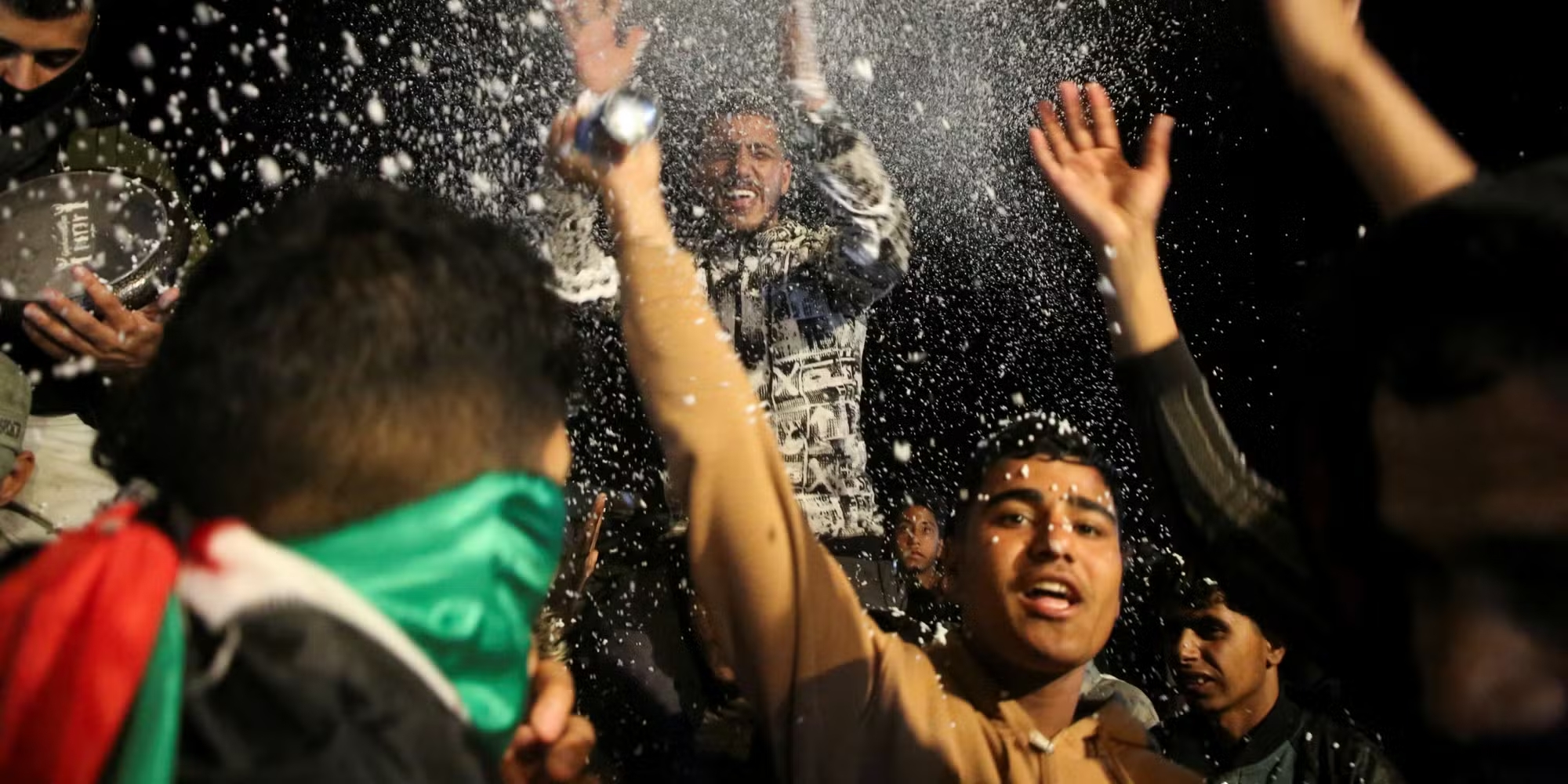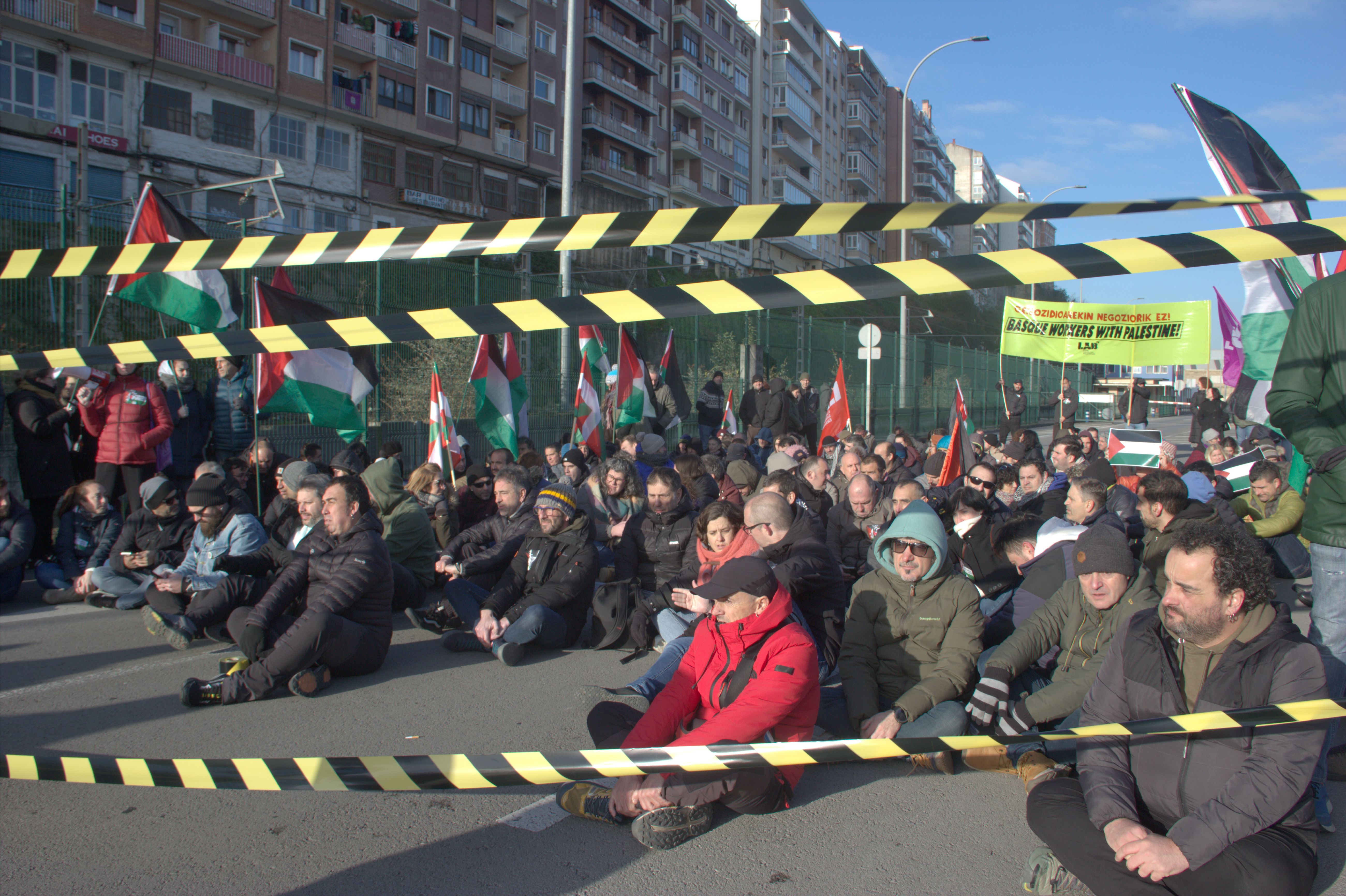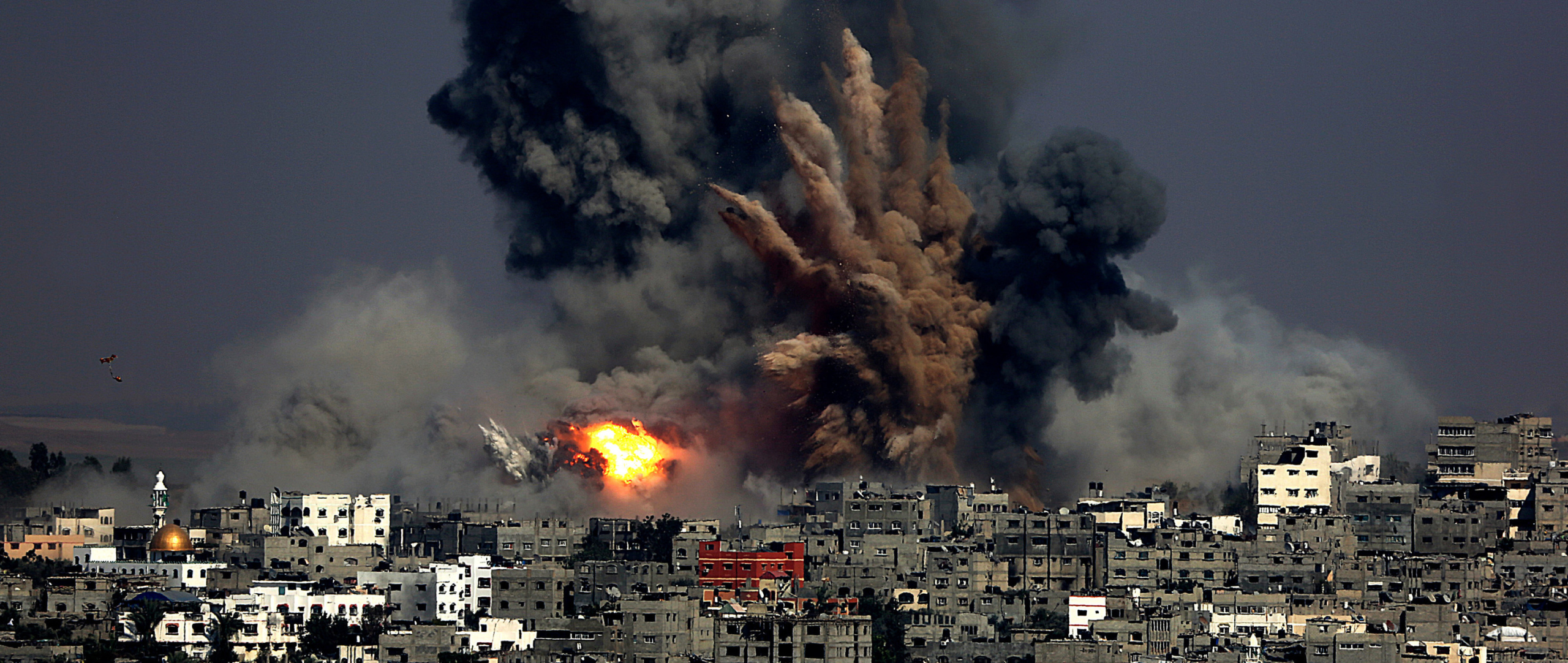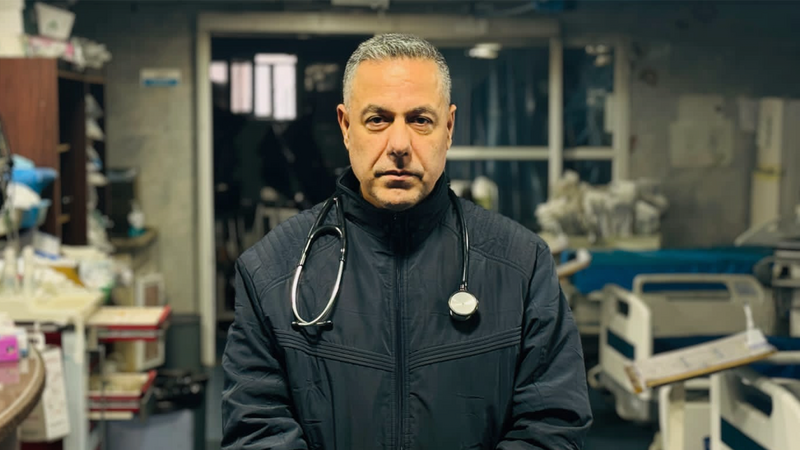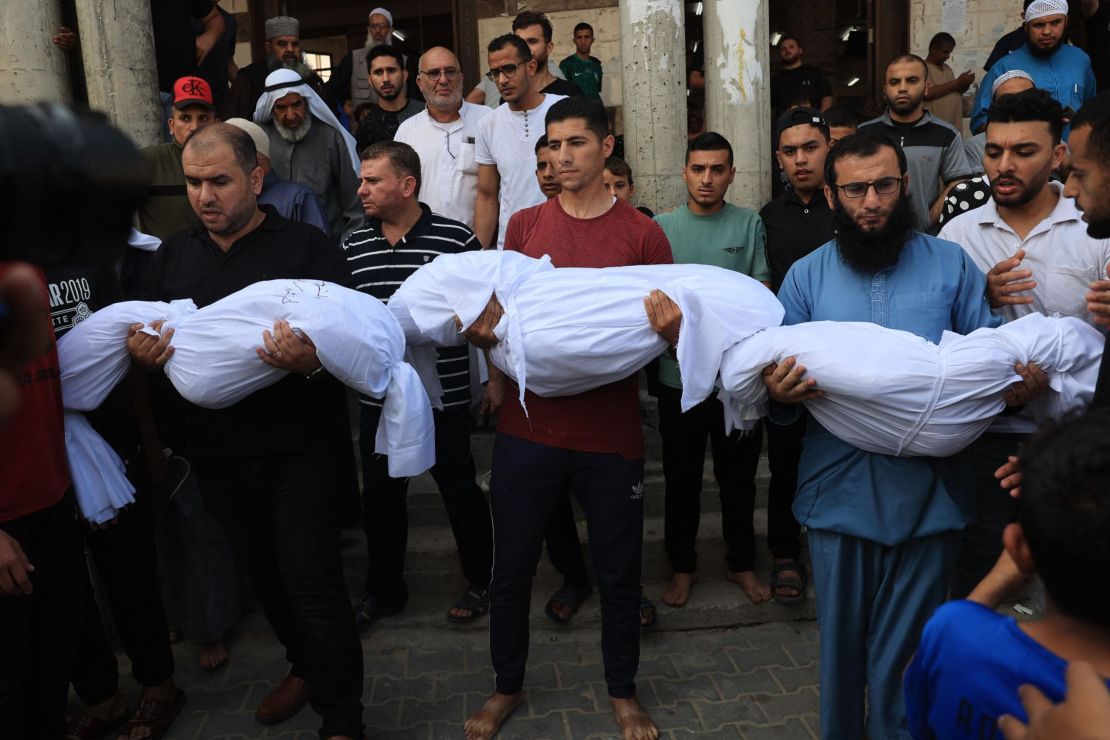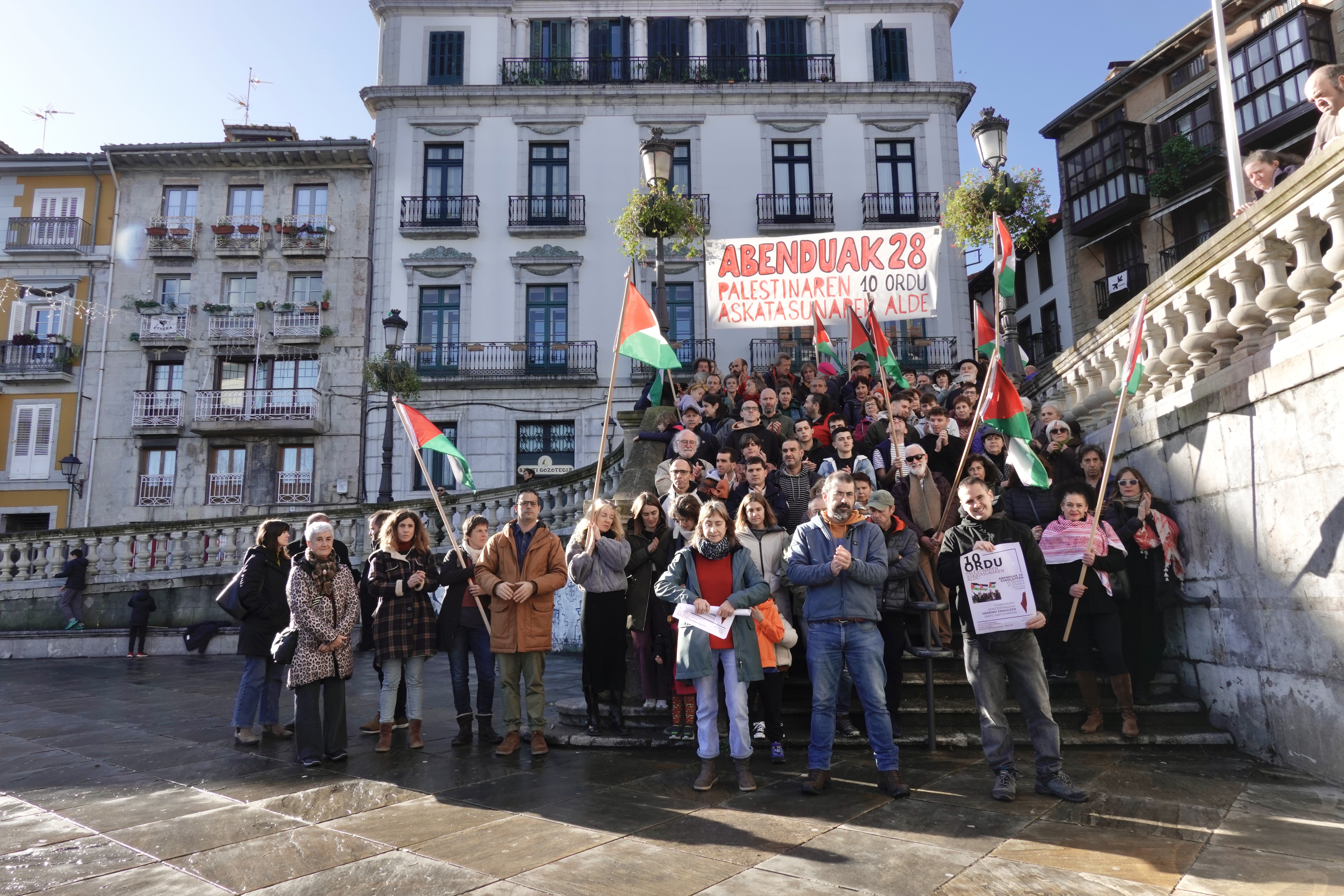“Gaza Metro”, Palestinian Resistance Tunnels System
- The Israeli Armed Forces Staff has called Gaza Metro the Palestinian network of underground military galleries. This mysterious weapon that will use Palestinian resistance to the invasion of the Gaza Strip has secretly spread to the borders of the lands occupied by Israel and Egypt, especially after the 2006 war. But how have they managed to secretly build such a complex infrastructure? Why is it so effective for fighting? What strategy is the State of Israel preparing to deal with this underground threat?
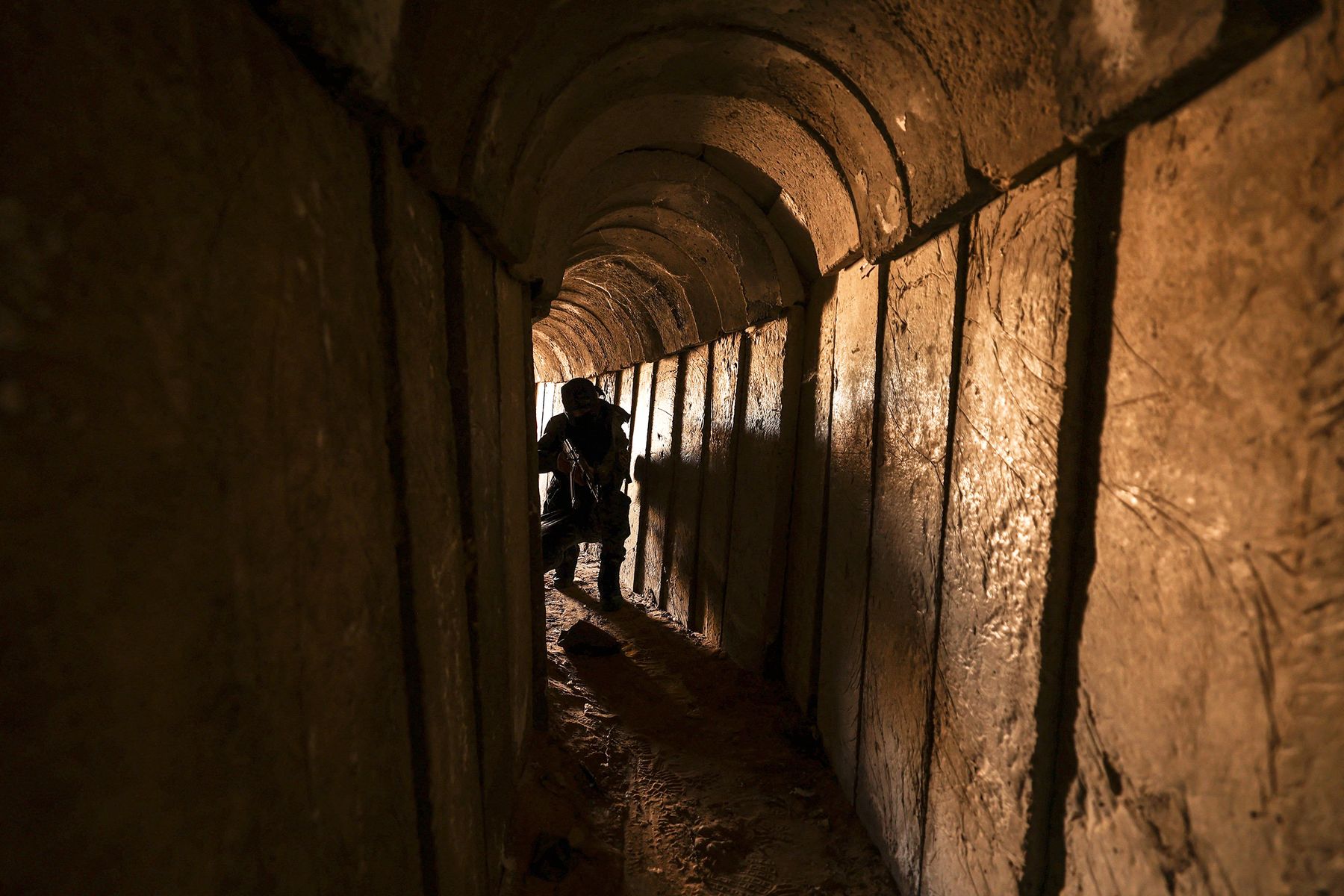
The Gaza Tube plays a fundamental role in the martial dynamics of Arab resistance, and is a key factor in this latest war conflict that holds the State of Israel and the Middle East. Because it is not only a few clandestine steps, but an entire underground city, essential for the military operations of the resistance and for the survival of its organizational structures. Thus, the decipherment and dissolution of this network has become an absolute priority for the Zionists, especially when they consider that 250 Israeli and foreign hostages can be held in the back of those.
The foundations of the modern Palestinian underground war were established in the late 1980s. These tunnels were initially used for the smuggling of various materials that the Palestinians needed to survive, preventing the Israeli blockade. Infrastructure was once as basic as it was dangerous, but it has developed enormously over the last three decades. Palestinian resistance has invested a lot of money, the workforce and construction techniques. This effort is being very effective and not why. The use of fighting tunnels is very common in asymmetrical wars like Palestine, where one competitor has much more power and military technology than the other. Viet Kong used similar satellites in the Vietnam War and the Taliban in Afghanistan. The Financial Times has pointed out that, following the general logic of the guerrilla war, underground networks manage to equate the correlation of forces with another type of struggle more favorable to the resistance that prevents direct fighting in the open field. The Gaza Metro allows the resistance to move undetected throughout the List territory, including perimeters under Zionist control. Thus, unexpected attacks, sequences and missile launches are much more effective.

The underground system also acts as a defensive line against the attack of a much larger and more advanced force. The vados neutralise many of the tactical and technological advantages of the Zionists over the earth’s surface: a military unit of Palestinian resistance can surface at almost any point in the Gaza Strip, disappear immediately after the attack. The psychological impact of this tactic is especially important if you want to combat it from the Earth’s crust, in short, because it means fighting an “invisible enemy”. In addition, you can continue to watch from the shadow after attacks. Entering the wolf's mouth and facing resistance directly is not much better, as we shall see later.
The State of Israel has attributed the characteristics and functions of the tunnels to the diversion of concrete and other construction materials for humanitarian and civil purposes to the production of tunnels. With this excuse, it prohibited the inclusion of construction materials in the Gaza Strip from 2007. However, the inability to rebuild their buildings caused a major humanitarian problem following the continued bombardment. In 2010, the Zionists relaxed the rope a little, and both the NGO and the United Nations began to introduce in Gaza controlled proportions of materials to build houses, hospitals, roads and schools. However, today it is almost certain that some of this material was used for the expansion of the underground military resistance system.
Until the 2014 war, the Zionists did not even smell the real extension of the network or much of it. At that time, an attempt was made to dismantle the Gaza Tube, first with a large-scale land attack and after building a wall along the Gaza Strip border, which sank into the subsoil. But it stuck in an effort.
The occupying force itself deployed in 2021 a map showing the tunnels it destroyed with air strikes. The BBC recalled that the Israeli army had then stricken “100 kilometres of tunnels”. Sixteen replied that they had only considered “5% of the network”. In this regard, the Zionists published a small part of the tunnels at the time, but also reported on the general structure. The British media showed that most of the tunnels identified by the Zionists are concentrated in the north and south ends of the Gaza Strip and another node in the center. Not only do they meet the objective of military attack, they are classified into three groups according to their function:
On the one hand, the attack tunnels: Most tunnels in northern Gaza and the Beit Hanoun environment are of this type. They are the closest to the territory occupied by the State of Israel and the closest they use to commit cross-border attacks. Consequently, these tunnels are the most urgent to destroy for the Israeli army. They're pretty covered, and they're the most militarily protected.
On the other hand, the central defence steps: This central part of the band would be filled with arsenals, between otros.Allí store weapons, missiles, ammunition and most of the logistics infrastructure of resistance in general. In addition, Mossad believes that there may be bunkers for military resistance leaders and guards of 250 hostages. It would be a kind of "rearguard" of resistance, the most inaccessible and protected.
Finally, the South tunnels, which work for smuggling at the Rafah border between Gaza and Egypt, south and southwest of Khan Younis. The Palestinians have ensured from here a diverse civilian and military supply, a sustainable source of income and logistical support for the Gaza Government and Palestinian resistance.

Given the importance of this maze for Palestinian resistance, all attempts by the Zionists to destroy it are logical: they know that if the metro falls, all resistance can fall. However, and as the Americans have learned in Korea, Vietnam and Afghanistan, the dissolution of these underground cities is as difficult as disappointing to the more advanced military powers. It is not something that takes place overnight with a special elite unit; Benjamin Netanyahu recently acknowledged it: “The land invasion of Gaza will be long.” The Resistance has introduced into its burrow many supplies ready to deal with the long-term Israeli siege.
The underground infrastructure is more robust and sophisticated than it seems: When the Israeli army attacked the land in 2014, Al Jazeera says, “they were shocked by the size and sophistication of the tunnels. They are between 10 and 30 meters deep, with a width of between 1.5 and 2 meters and one and a half meters higher in height. As a result, combatants move easily through Palestinian land, crouched and in line. The Israelis consider that there would also be an undetermined number of larger tunnels. The length of each gallery varies from hundreds of meters to several kilometers, and in total, the Israeli Foreign Ministry has ensured that Palestinians have built over 1,370 tunnels since 2007, of very diverse size, depth, importance and functions. Sixteen reported in 2021 that the entire Gaza tunnel network would be approximately 500 kilometres long, which would be longer than the London metro network, approximately half of the entire New York City metro network and ten times longer than that of Bilbao. That is, it would be half the length of one of the largest and most complex metro systems in the world, under a territory of only 41 per 10 kilometres.
According to the Israeli intelligence services, the resistance has used thousands of people and millions of dollars in its construction. A Rafah tunnel operator entrusts Reuters with three to six months to build an 8-kilometer tunnel. It is almost certain that they are mostly built with concrete and wood, and sometimes reinforced with steel, with material coming from the footsteps of Egypt. Journalists in tunnels and soldiers of the Zionist army say that Palestinians have also installed electricity and cable telephone network to ensure lighting and a safe channel of communication; there are areas with ventilation systems, lanes for the rapid transport of missiles and other heavy materials and, as can be seen in the images disseminated by Hamas, steps for cars. The Washington Post recently announced that the resistance has also developed systems for opening, closing or exploding tunnel access by remote control. This means that the entire battalions of the Zionist army can fall into traps or be buried, incommunicado, in the game of cat and mouse. In this case, Israeli soldiers would become mice and Palestinians would become cats.

The strategic challenge for the Zionists
is that Israel has achieved advanced bombs to dismantle the Gaza metro. Bunker Buster explosives are able to drill concrete and destroy buried steps and bunkers 20 meters away. However, as Kobi Michael, senior researcher at the Israel Security Research Institute at The Washington Post, recalled, the Palestinians have also built their steps to “30 or 40 meters”. Along the same lines, engineer Sott Savitz concluded that in a video report from this American media: “Tunnels are quite safe in many cases to protect themselves from air attacks.” Moreover, if, as a result of the bombing, certain entrances or tunnel galleries are affected, resistance may continue to drift inside. It would open the entrances, exits and anecdotes elsewhere and keep all branches of the network operational.
Sixteen reported in 2021 that the entire Gaza tunnel network would be approximately
500 kilometres long, approximately half of the New York City metro network and ten times longer than that of Bilbao.
In addition, the Gaza Tube is under populated areas with a density of about 5,000 inhabitants per square kilometre, that is, unlike the Taliban tunnels, those of the Palestinian resistance are under an area of 360 square kilometres housing some 2.2 million people, and their access may be hidden in private homes, public buildings or fields. “The only way to find them is to send soldiers to walk the areas,” they say in The Washington Post. Meanwhile, it does not seem a good idea to spend millions of dollars on advanced bombs against undetermined targets, even from the point of view of the bloodiest Zionist generals.
In this context, Israel has developed a more advanced method for the underground war: an advanced network for collecting information by satellite, drones, aircraft and geo-radar. With this, the specific locations of tunnels are more likely to know their depth and complexity beforehand. With this system of military intelligence, they have been unable to avoid attacks such as that of 7 October, but it may be a fairly complete puzzle of the Gaza tunnel system. However, it is one thing to have the map in your hand and another to put your feet on the ground. The Zionists may have to fight with the infantry inside the tunnels, that is, send their soldiers to dark, narrow tunnels full of traps, with the fear that the Palestinian militiamen will appear from anywhere. The State of Israel has prepared special units for this, with the help of dogs, robots and other advanced trained equipment. But specialised units will not be sufficient to dismantle tunnels and resistance: The Israeli Defence Forces believe that only the Al-Qassam brigades could have some 40,000 members, to which should be added militia from the other factions that make up the resistance. In other words, if you want to dismantle the tunnels, the Zionists will have to send many ordinary soldiers into the hole.
The Israeli army generally moves towards an unknown scenario. Very few countries have a comprehensive doctrine of underground fighting and no one knows exactly what Palestinian resistance has prepared in tunnels. In addition, Israelis enter the labyrinth of Gaza with little training: they have not experienced major land wars since the last time they entered Gaza in 2014, and their leaders have been very concerned about Iran or perhaps the problems of occupation of the West Bank. The lack of attention to Gaza is being paid high and will be paid even more. Shortly after the land invasion, on 31 October, Israeli Defense Minister Yoav Gallante declared: "In Gaza we have suffered huge losses in the last 24 hours." Simply, Israel will have to take on the large number of casualties that have historically caused him so much fear, and the pressure that Hezbollah can exert in the north remains to be seen.
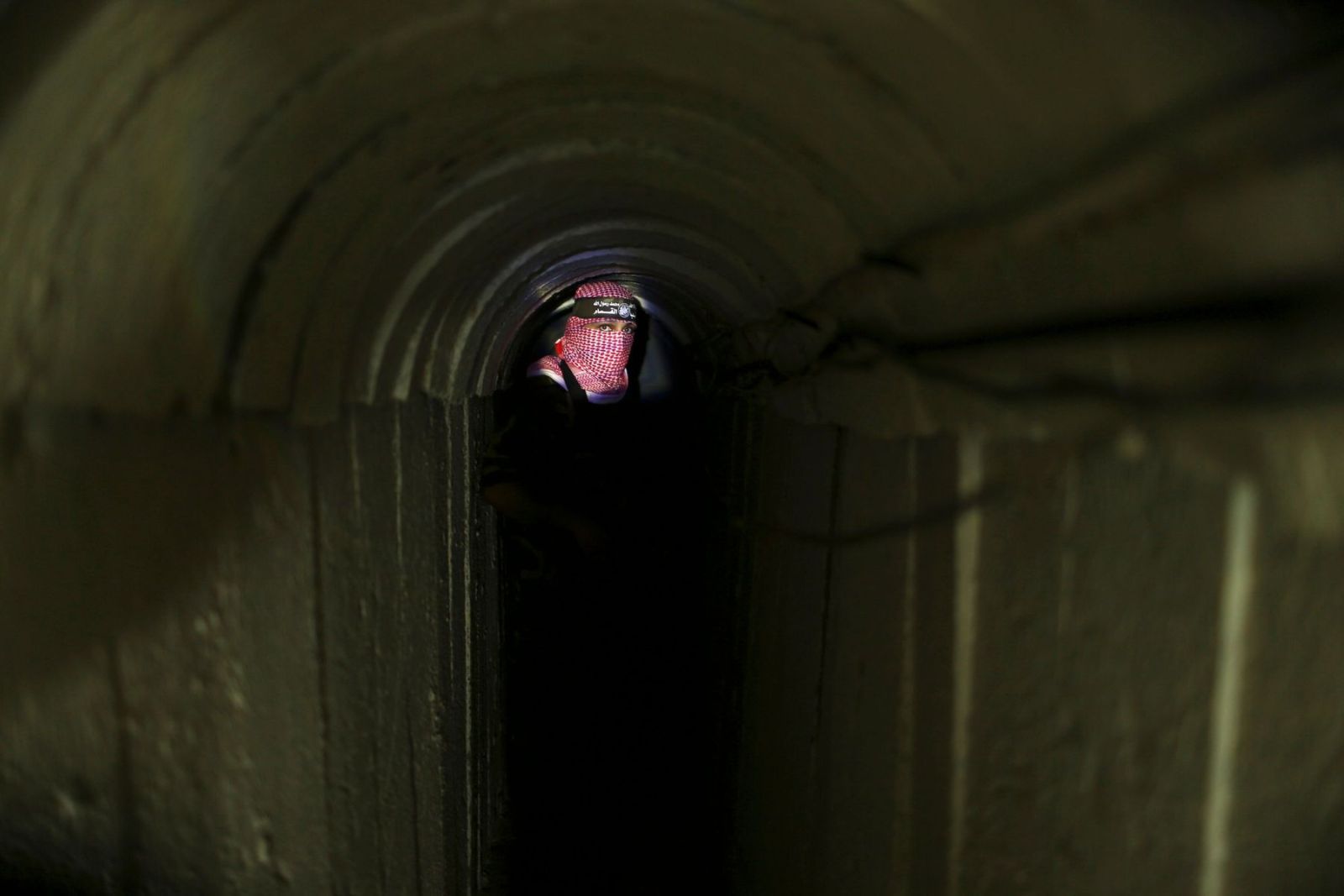
Conclusions
Haizam Amirah, principal investigator of the Elcano Real Institute for the Mediterranean and the Arab world, stated in 2009 that the policy of "mass punishment, mass retaliation and surgical operations" was being useless. This reflection is therefore fully topical in the ongoing massacre: The State of Israel has not yet been able to guarantee the “security” demanded by its citizens, nor to normalize its relations as a country in its geostrategic environment. Proof of this is the military invasions that are taking place in Gaza for almost decades and, therefore, the tensions that they produce throughout the region.
It must not be forgotten that although the Zionists cause terrible damage to the Palestinian groups, the Palestinian resistance has the capacity to redo constantly. Meanwhile, Zionists lose moral legitimacy every indiscriminate attack, worsen their international image and increase tension with neighbouring countries. Israeli military veteran Ami Ayalon said in the same vein, citing classical military theorist Carl von Clausewitz, that “victory is simply to create a more favorable political reality.” Israel’s triumph for Ayalon is not “to conquer Gaza, Ramallah, Nablus or Hebron”, to win military battles against the Palestinians, because not all interventions generate “better political reality” for the Zionists. Ayalone concluded that the State of Israel has been “winning all battles, but losing war.” But this time it seems that things have started to change, and that the Palestinians are not only in a position to resist, but to win battles.












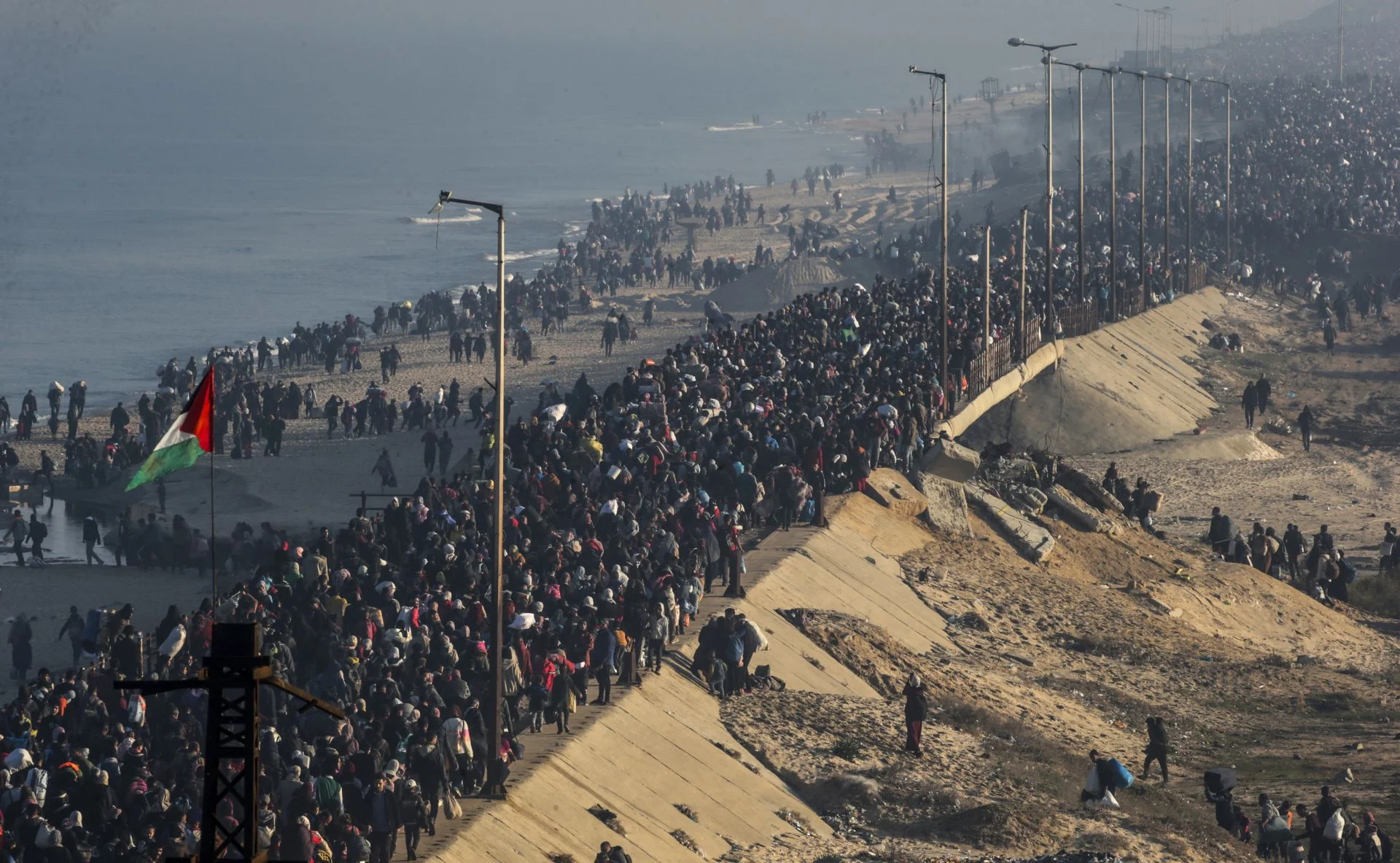

.jpg)
